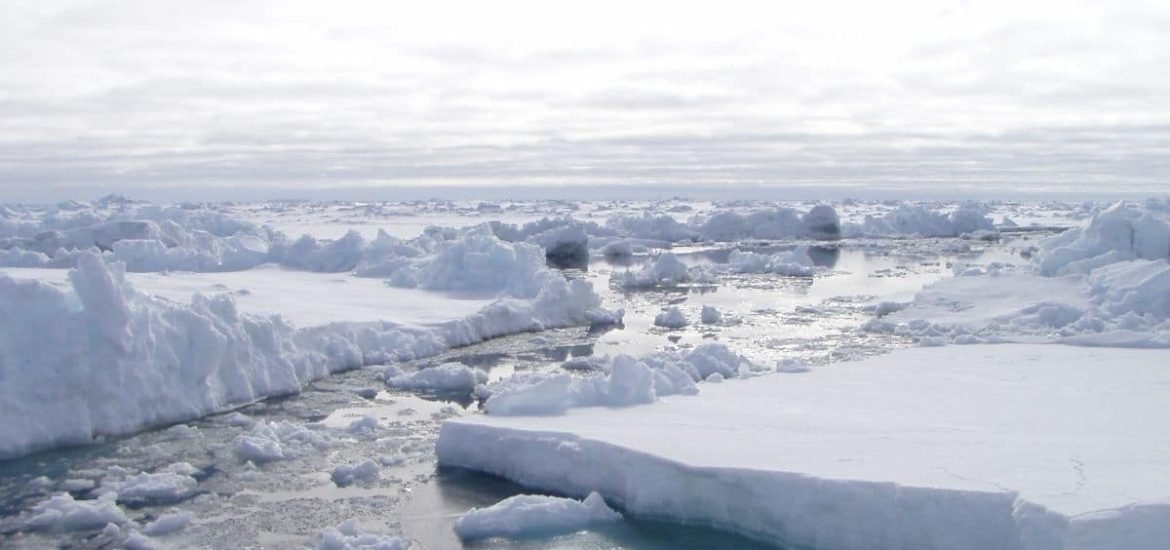
Scientists suggest generating more snowfall — trillions of tonnes of the white stuff — could help prevent the collapse of the West Antarctic glacier and would also reduce the long-term sea-level rise associated with melting ice sheets, according to a new study published on 17 July in Science Advances, a peer-reviewed journal (1).
The team of researchers from the Potsdam Institute for Climate Impact Research (PIK) used numerical simulations to show that the mass deposition of “fake” snow — around 7 thousand gigatonnes — in coastal regions around Pine Island and Thwaites glaciers of West Antarctica could stabilise the ice sheet. In other words, a lot of snow is needed to push the ice sheet back towards stability.
But this would need to happen over a relatively short period (around 10 years). When the researchers slowed down the deposition rate, this had the effect of increasing the so-called intervention time, as well as the total amount of snow required.
The engineering required to accomplish such a feat is unprecedented. The researchers envisage thousands of wind turbines pumping seawater up 1400 meters, which would be frozen into “snow”. The additional snow would hopefully weigh down the ice sheet just enough to prevent further collapse. However, the approach could be an environmental hazard to some of the world’s most pristine glaciers.
As with any climate intervention, the authors highlight the important need to weigh the potential benefits against the environmental hazards, future risks, and enormous technical challenges.
“The fundamental trade-off is whether we as humanity want to sacrifice Antarctica to save the currently inhabited coastal regions and the cultural heritage that we have built and are building on our shores”, says co-author Prof Anders Levermann, a climate scientist at PIK and Columbia University.
And although, the predicted sea-level rise following the collapse of the West Antarctic Ice Sheet may not occur for hundreds of years, the authors assert that the associated sea-level rise — up to 3 meters — could pose serious challenges for coastal cities the US, China, and India, which are some of the most densely populated areas in the world.
The West Antarctic Ice Sheet is one of the tipping elements in our climate system and evidence now suggests the gigantic ice sheet is already starting to collapse, the authors write. Warm currents reaching regions in West Antarctica have led to underwater melting of glaciers, causing them to retreat.
Climate change is already dramatically increasing the severity and frequency of droughts, floods, storms, and wildfires. And melting ice sheets and shrinking glaciers around the globe, most notably in Greenland and Antarctica, will only worsen the problem.
The enormous endeavour proposed in the paper is only theoretical at the moment but does help bring attention to a serious issue. The authors stress that by far, the most important action will be drastically cutting carbon emissions to meet targets set out in the 2015 Paris Agreement of limiting global warming to within 2 degrees Celcius above pre-industrial levels.
(1) Feldmann, J., Levermann, A., and Mengel, M. Stabilizing the West Antarctic Ice Sheet by surface mass deposition. Science Advances (2019). DOI: 10.1126/sciadv.aaw4132